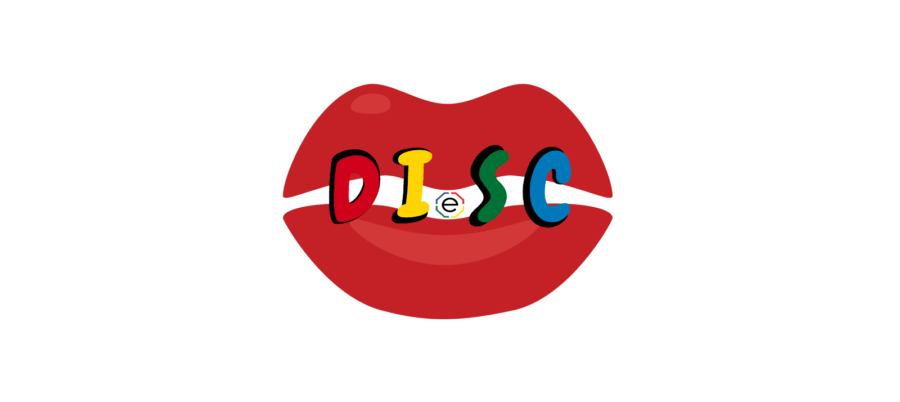Now that you’ve learned about the DISC profiles, also known as DISC personality types, you’ll want to start to build it into your daily interactions. Practice one simple and practical DISC communication exercise often to help you improve and succeed with other people.
 Some of us may be thinking of a dog exercising with his frisbee disc when talking about DISC and exercising! However, each DISC communication exercise below is about improving our interactions with others. You’ll find with practice you won’t even have to think about DISC. It will just be part of how you interact successfully with others. The golden rule is to keep it simple and practical. Below are some useful DISC exercises to practice.
Some of us may be thinking of a dog exercising with his frisbee disc when talking about DISC and exercising! However, each DISC communication exercise below is about improving our interactions with others. You’ll find with practice you won’t even have to think about DISC. It will just be part of how you interact successfully with others. The golden rule is to keep it simple and practical. Below are some useful DISC exercises to practice.
DISC Communication Exercise #1: Identify Everyone You Interact With
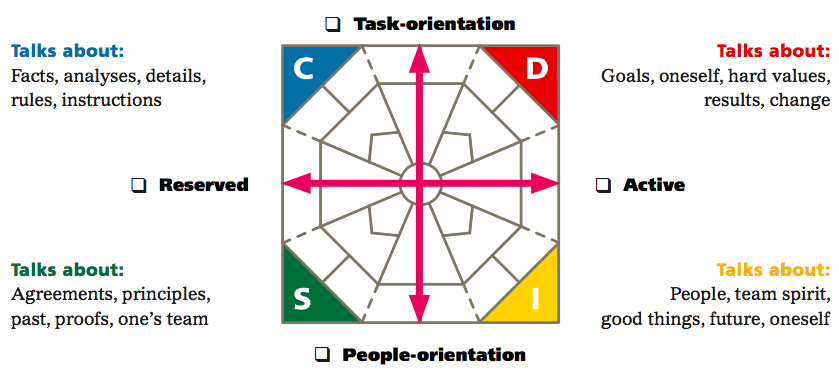
A great way to start is to remember the 4 DISC types; how they are similar and how they are different.
Now, think about each person you have an interaction with, whether it’s the cashier at the grocery store, your boss, your child’s teacher, or a prospect. Practice identifying their primary DISC style. Try observing body language, tone of voice, words they use, eye contact, and what they prefer to talk about. You can even consider the types of questions they ask.
If you find it challenging to identify a person’s style then try focusing on the DISC styles he/she is not. What is his/her least comfortable style?
You can even make a list out of curiosity. Demographically, did you meet more D,I,S or C‘s during a certain time period? Adding up your DISC types for the day doesn’t necessarily mean anything, but for data junkies it could be fun! In any event, you are now well on your way to using DISC to improve your daily interactions. Your phase two for this exercise would be to make the best adjustments in each interaction.
DISC Communication Exercise #2: 4 People You Know
You can also practice with 4 people you know. Again, think of the 4 DISC types. Can you match up someone you know with D-Style, I-Style, S-Style, and C-Style? Now that you have 4 people in mind, which one of them is easiest for you to interact with? Who is the person that, when you are talking, the conversation just flows. It’s easy. You understand what the other person is clearly saying. You may even feel energized! What’s his/her DISC profile type?
Next, think of the person, out of the 4 you’ve identified, that is the most challenging for you to communicate with. Have you ever had to take a deep breath beforehand, as if you’re preparing for battle? Maybe you’ve avoided interactions as much as possible? When you’re talking to this person you may get frustrated because you don’t quite get what he/she is saying. You may also have an uncomfortable feeling the other person is experiencing the same. You tend to walk away feeling disappointed, frustrated and even tired. What’s his/her DISC profile type?
Often times, the most comfortable DISC style for you is the one that is most similar to your own. The one you find most challenging is often times the DISC style that is opposite of your own. For example, D-styles and S-styles tend to be more opposite. D-styles prefer to focus on tasks and tend to be more individualistic. S-styles, on the other hand, often prefer to be part of a team and focuses more on people over tasks. C-styles and I-styles are also more opposite. C-styles prefer tasks and working alone whereas, I-styles prefer people and more people!
Think about what adjustments are needed for interacting with styles opposite of your own.
DISC Communication Exercise #3: Top 3 START and STOP Lists
 Experience has shown creating a concise, simple and specific action plan is the best way to improve performance. To do so, you can create your “Top 3” list. Try to create simple goals that you can accomplish by being more self-aware and making some adjustments to your natural behaviors.
Experience has shown creating a concise, simple and specific action plan is the best way to improve performance. To do so, you can create your “Top 3” list. Try to create simple goals that you can accomplish by being more self-aware and making some adjustments to your natural behaviors.
Now that you understand DISC profile types better, list three important items you will START doing that may not come naturally to you. For example, if you’re someone who focuses more on people than tasks, then try creating a “to do” list for the day. Now focus on getting those “to do” list items completed. Another example, if you are someone who goes right to your desk and gets to the task at hand, then make it a goal to stop and chat with a co-worker for 5 -10 minutes everyday.
Another approach is to list three important items you will STOP doing. Certain behaviors are more comfortable to your DISC style. For example, as a D-style, stop interrupting others even though you have something important to say or you can wrap up the conversation quickly. Instead, slow down and allow the other person to finish speaking. Just don’t forget to breathe!
Just remember this…
In addition to the DISC communication exercises above, you can refer back to your DISC report, and you can also contact your DISC coach or DISC trainer. Try any DISC communication exercise that works best for you or feel free to create your own. While it’s a fairly simple concept the more you practice the more automatic and easier it becomes. Bottom line, is that we need to practice using DISC often.

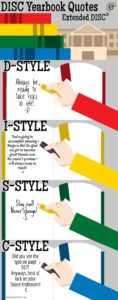
 The key to a successful DISC training is not the training itself, but what your clients do with their DISC knowledge afterwards. Success comes with actual usage of the DISC tool. What we don’t want to happen is for the DISC report to be filed away in a desk drawer. Following up is best, for both you and your clients, when you can follow a simple process.
The key to a successful DISC training is not the training itself, but what your clients do with their DISC knowledge afterwards. Success comes with actual usage of the DISC tool. What we don’t want to happen is for the DISC report to be filed away in a desk drawer. Following up is best, for both you and your clients, when you can follow a simple process.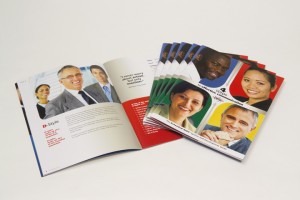
 You can use the
You can use the 

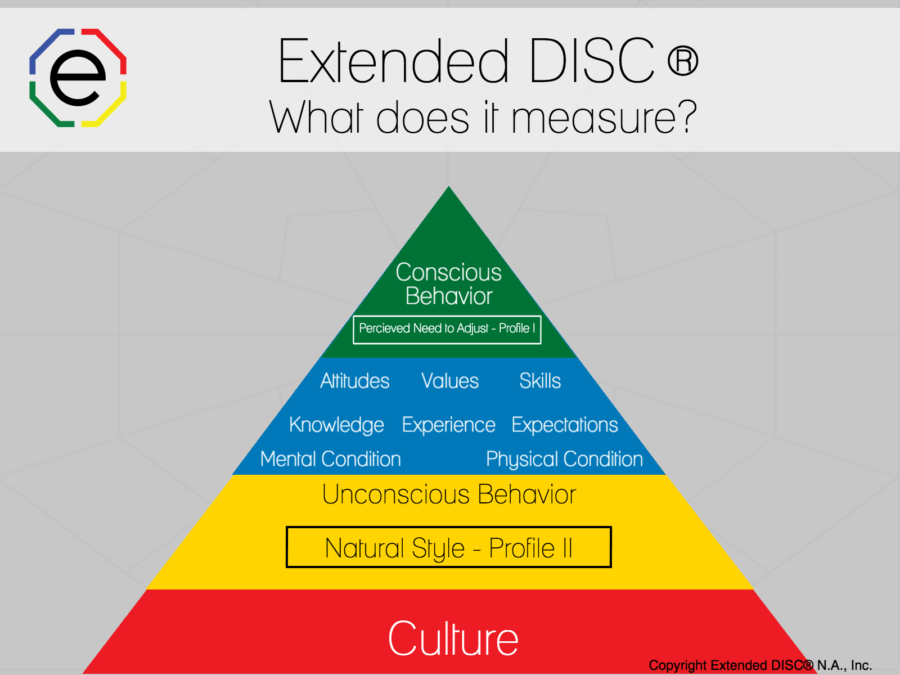
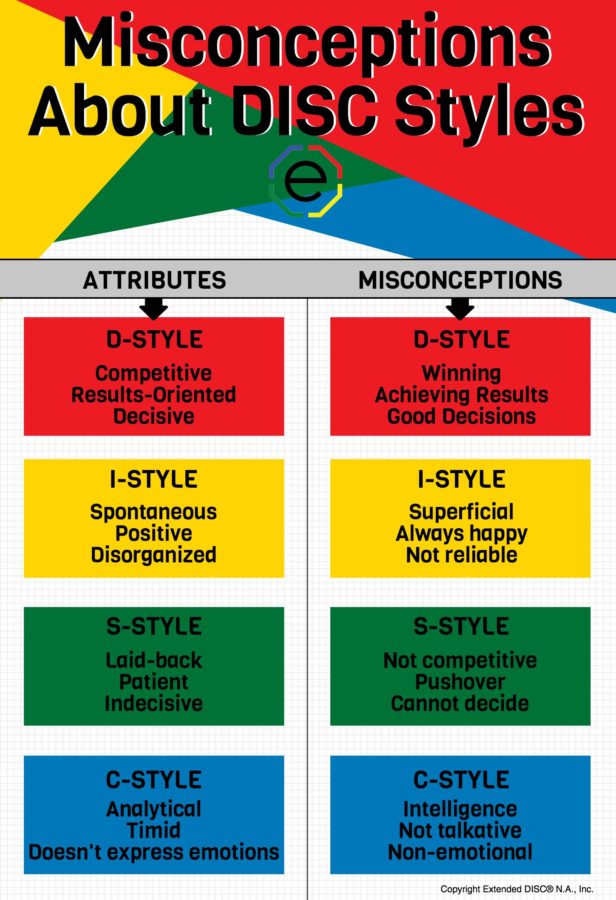
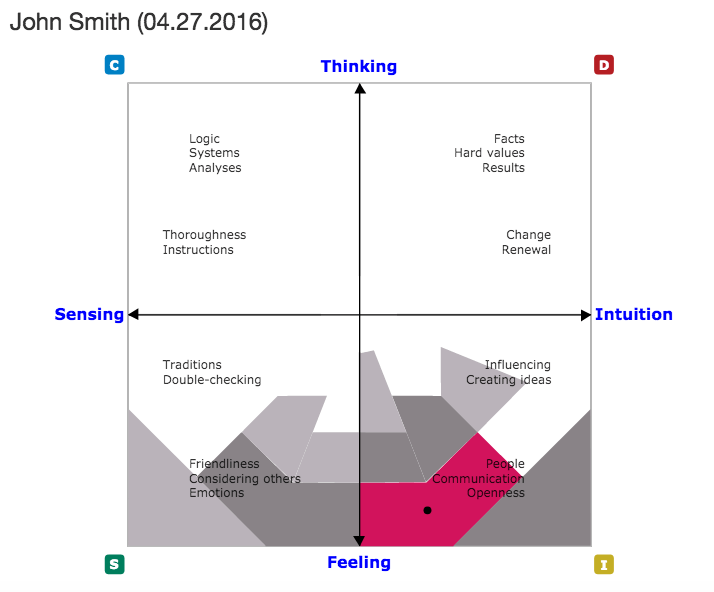
 We can make some general assumptions based on John’s DISC style. For example, he most likely prefers to focus on people and feelings over tasks and facts. John may be friendly and be more on the emotional side. There is a good chance that he is open and enjoys interacting with others. John may even be someone who can lose track of tasks. However, these are still assumptions based on his natural style. Remember that the DISC tool is supporting information to understanding John’s behavioral style better and never a sole reason for making decisions about him.
We can make some general assumptions based on John’s DISC style. For example, he most likely prefers to focus on people and feelings over tasks and facts. John may be friendly and be more on the emotional side. There is a good chance that he is open and enjoys interacting with others. John may even be someone who can lose track of tasks. However, these are still assumptions based on his natural style. Remember that the DISC tool is supporting information to understanding John’s behavioral style better and never a sole reason for making decisions about him. Sometimes we want to provide as much information as possible, but we need to practice what we preach. Primarily, you need to identify the style of your client. You know that
Sometimes we want to provide as much information as possible, but we need to practice what we preach. Primarily, you need to identify the style of your client. You know that 